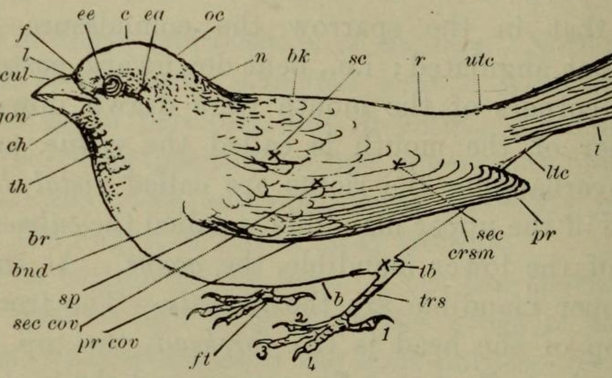
image: wikimedia
Increase biodiversity, decrease the spread of disease
by Tim Willmott : Comments Off on Increase biodiversity, decrease the spread of disease
Decreasing biodiversity in an ecosystem can increase the spread of disease, research suggests. Researchers studying amphibian communities in natural wetland ecosystems as well as controlled experiments have shown that as diversity increased, infection rates dropped.
The rate of extinction of species is increasing as ecosystems across the world come under pressure from habitat loss, pollution and climate change. Recently, changes in biodiversity have been linked to changes in disease risk for humans and wildlife.
In the last ten years, a number of studies have reported a correlation between the species diversity within a community and the ability of diseases to spread among that community. This is because some pathogens, i.e. infectious viruses or bacteria, can infect many different species, which differ in their ability to pass on the disease. The authors of this study set out to test the underlying connection between biodiversity and disease prevalence.
Over three years, they observed the spread of Ribeiroia ondatrae, a pathogen that causes severe deformities and death in amphibians, within 345 wetland ecosystems across a 758,100-hectare region of California, USA.
A total of 24,215 amphibians were assessed for deformities. In wetlands with low species diversity, the proportion of amphibians carrying and passing on the pathogen was much higher than in those wetlands with a more diverse composition of species. The greater the diversity of species in the wetland ecosystems studied, the higher the number of species more resistant to the pathogen.
Transmission of the pathogen was 78.4% lower in the in the most species-diverse wetland communities, compared with the least species-diverse. Under laboratory conditions, the researchers observed a 64% decrease in pathogen transmission and infection when the number of species in a controlled community was increased from one to three. In a further experiment using an outdoor, artificially assembled community, total infection rates decreased by 50% when the number of species present was increased from one to four.
The study provides evidence of a link between biodiversity and the spread of disease. This is perhaps unsurprising, given that there is plenty of evidence to show that populations with little biodiversity, such as monocultures, facilitate the spread of disease. However, the authors also caution that many other environmental factors, including resource availability, climate and habitat variables will interact to affect the rate of spread of disease within a community.
The authors conclude higher levels of biodiversity could help to increase the resilience of wildlife, domestic plants and animals and humans to disease. Conservation efforts should aim to protect and enhance genetic and species diversity as a novel and cost-effective tool in the management of the spread of disease.
from the E.U. Science for Environment Policy newsletter
Source: Johnson, P.T.J., Preston, D.L., hoverman, J.T., Richgels, K.L.D. (2013) Biodiversity decreases disease through predictable changes in host community competence. Nature 494, 230-234. DOI:10.1038/nature11883
Contact: pieter.johnson@colorado.edu University of Colorado at Boulder







Comments are closed